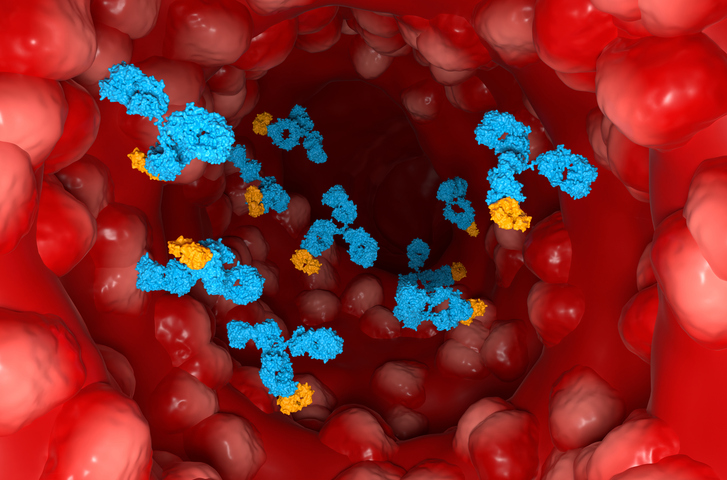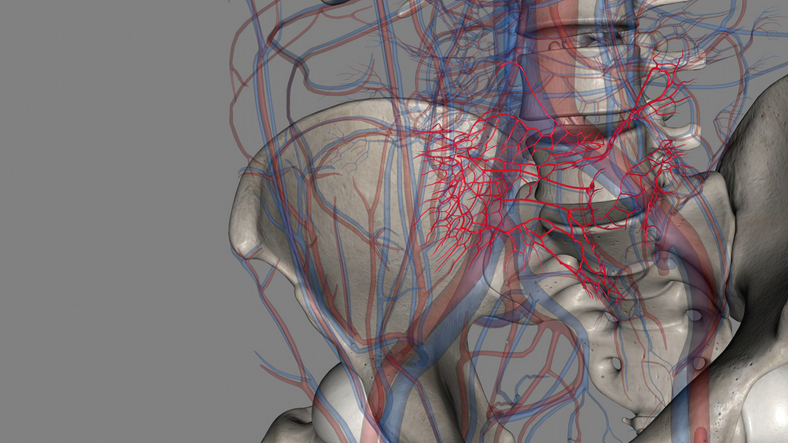
Researchers have published the first study to use a single-cell analysis to identify important pathophysiological mechanisms of abnormal passageways in the digestive system known as perianal fistulae, which is a common complication of Crohn disease. The results appeared in the journal Med.
The study applied single-cell transcriptomics of perianal fistulous tracts. They recruited Black patients with the chronic condition, a population that has been notably underrepresented in Crohn disease studies, for a diverse and comprehensive study cohort. Overall, they analyzed more than 140,000 single cells from patients with Crohn disease with perianal fistulae.
The analysis uncovered several key pathways underlying fistulizing Crohn disease, including cellular aging and loss of proliferation, reaction to microenvironmental stimuli, and a destructive gene signature in connective tissues that is unique to perianal fistulae. Moreover, the investigators observed that subpopulations of fibroblasts—cells forming the connective tissues—with this destructive gene signature may originate from mononuclear cells in the immune system, a phenomenon observed more often in Black people.
“Circulating blood monocytes can traffic to disease tissues and form a critical first step in fighting microbes throughout the body,” said corresponding author Judy H. Cho, MD, dean and the Ward-Coleman Chair in Translational Genetics at the Icahn School of Medicine at Mount Sinai, via a press release. “In this study, we have defined population-specific differences in how blood monocytes respond, which contribute to the higher rates of perianal fistulous complications in [Black] patients with Crohn disease.”







 © 2025 Mashup Media, LLC, a Formedics Property. All Rights Reserved.
© 2025 Mashup Media, LLC, a Formedics Property. All Rights Reserved.